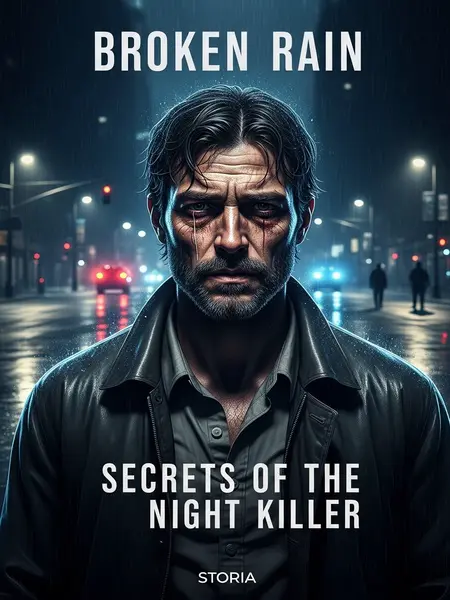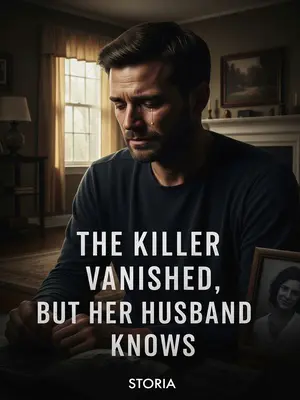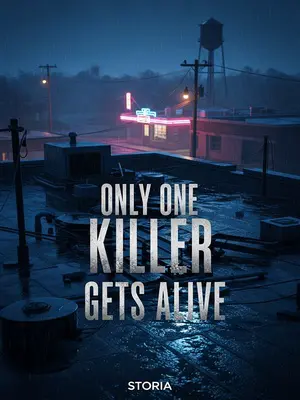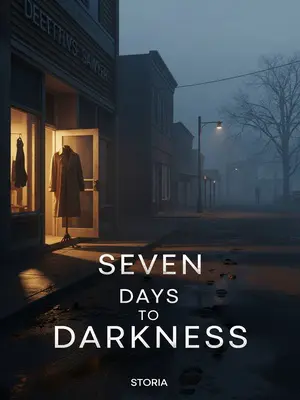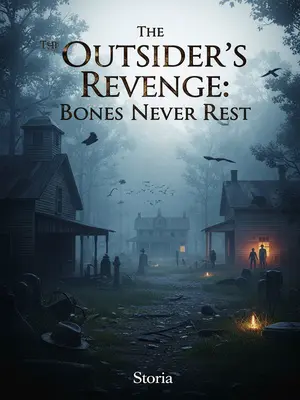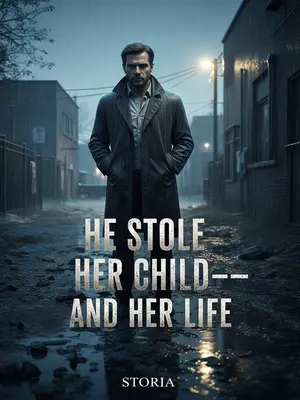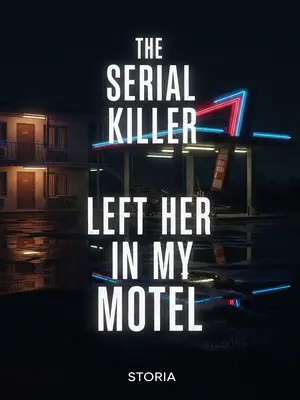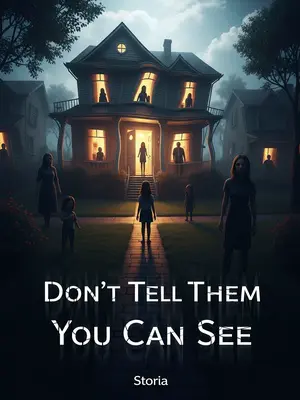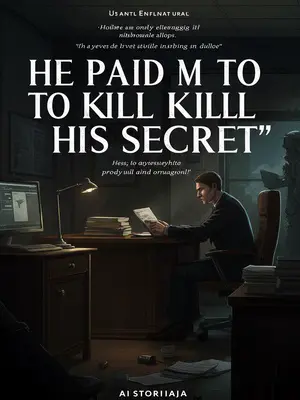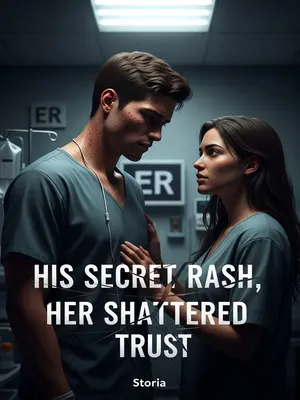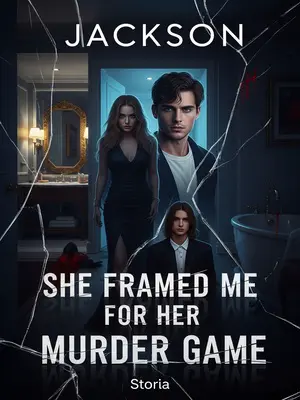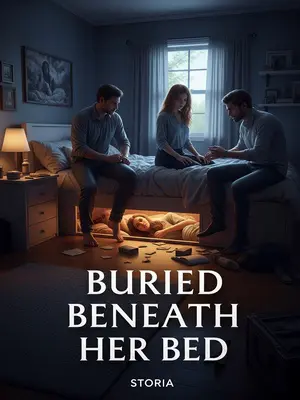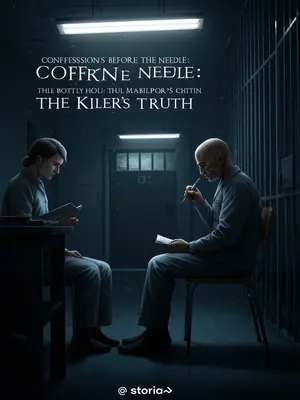Chapter 3: The Echoes of Thunder
I suggested the killer had multiple personalities—one for killing the girls, one for the man. My colleagues thought the second case was too different to be connected. I know, it sounded nuts.
Arguments broke out in the bullpen. Some guys said I was reaching, that I wanted the pattern to fit. But I couldn't shake the feeling that the killer was playing with us, using our own logic against us. Maybe I was.
Especially since the fatal wound on the male victim was a carotid cut from left to right, which meant the killer wasn’t left-handed. The forensics said most wounds were from the left, but the fatal one was a deep right-handed cut. So maybe the killer was a copycat—which was rare.
The ME's diagrams haunted me. One cut—wrong hand. One cut didn't fit the rest. Maybe it was a copycat, maybe it was a slip. Or maybe the killer was showing off—proving he could be anyone, do anything.
I was home, half-asleep, when the call came. Another body, this time in a condo building behind the station. The proximity was a gut punch—close enough to smell our coffee. The killer was taunting us now, daring us to catch him.
After a rainy night, a body showed up in a condo building behind the station. Cause of death, method, timing—all matched the earlier cases, but this time forensics found the girl—no sexual assault. The earlier victims weren't virgins, so it was hard to say for sure, but this meant the killer wasn't after beauty—just driven by pure hatred of women.
The medical examiner was blunt: no sign of sexual assault, no evidence of obsession with appearance. It was as if the killer wanted to make a point—this wasn't about lust, just loathing.
The day after the next rain, the fifth murder happened. It was like the killer wanted us to know we were looking at the wrong people, so the body was barely hidden. When we got there, the door was wide open, the smell of blood thick in the air. This time, the victim was an eighteen-year-old high school girl, and like the last case, she hadn't been assaulted. He wanted an audience.
Still no clues, but the 'cop did it' angle was basically dead. But during the autopsy, the coroner found something new. The girl's body was incomplete; a piece of her neck was missing. No matter how we searched, we couldn't find it.
That missing piece gnawed at me. The coroner was baffled—no sign of why it was taken, no pattern we could see. It felt like a message, but we couldn't read it. It sat on my desk like a riddle.
